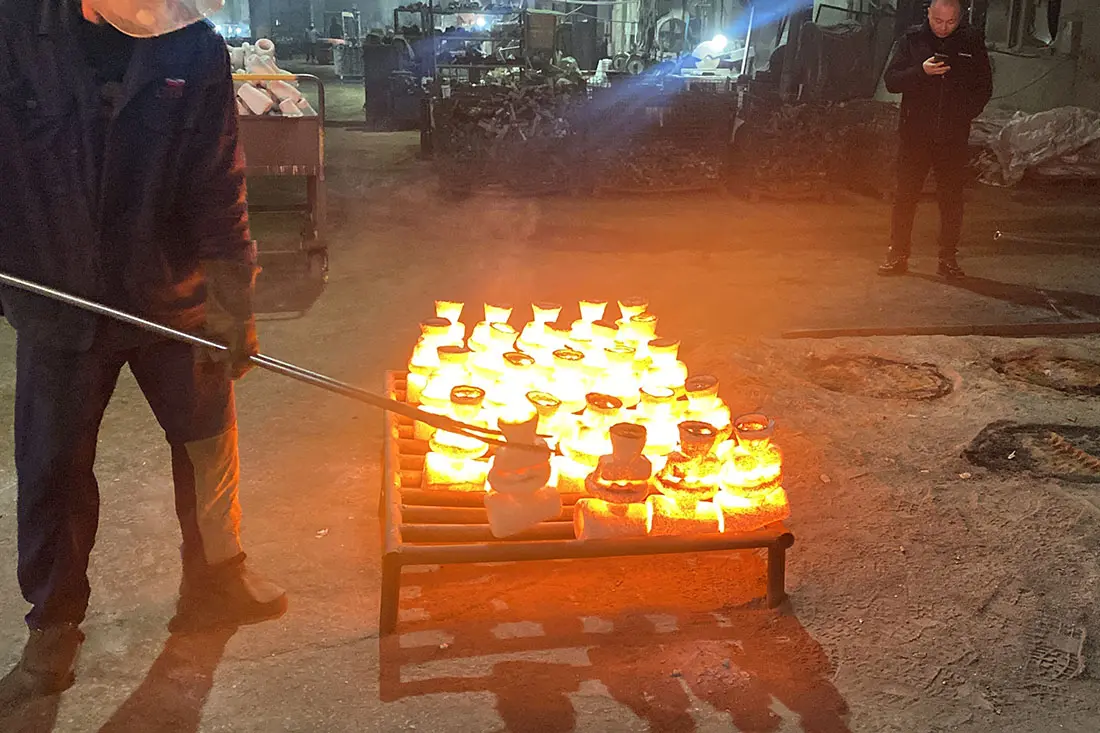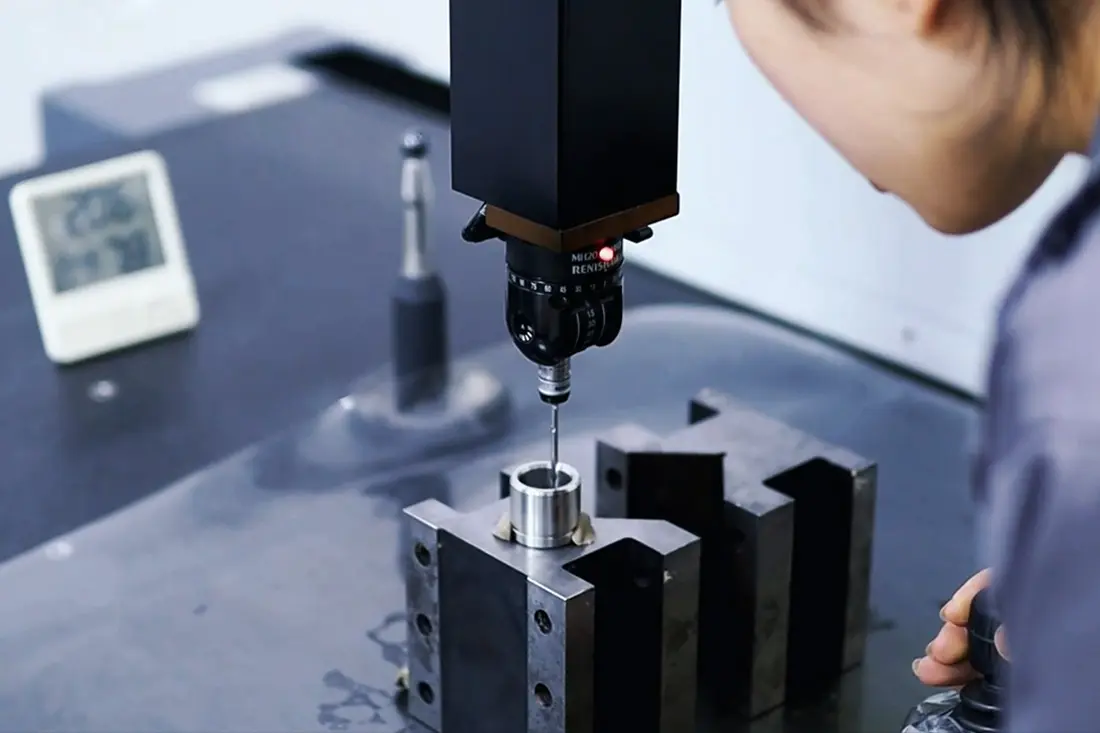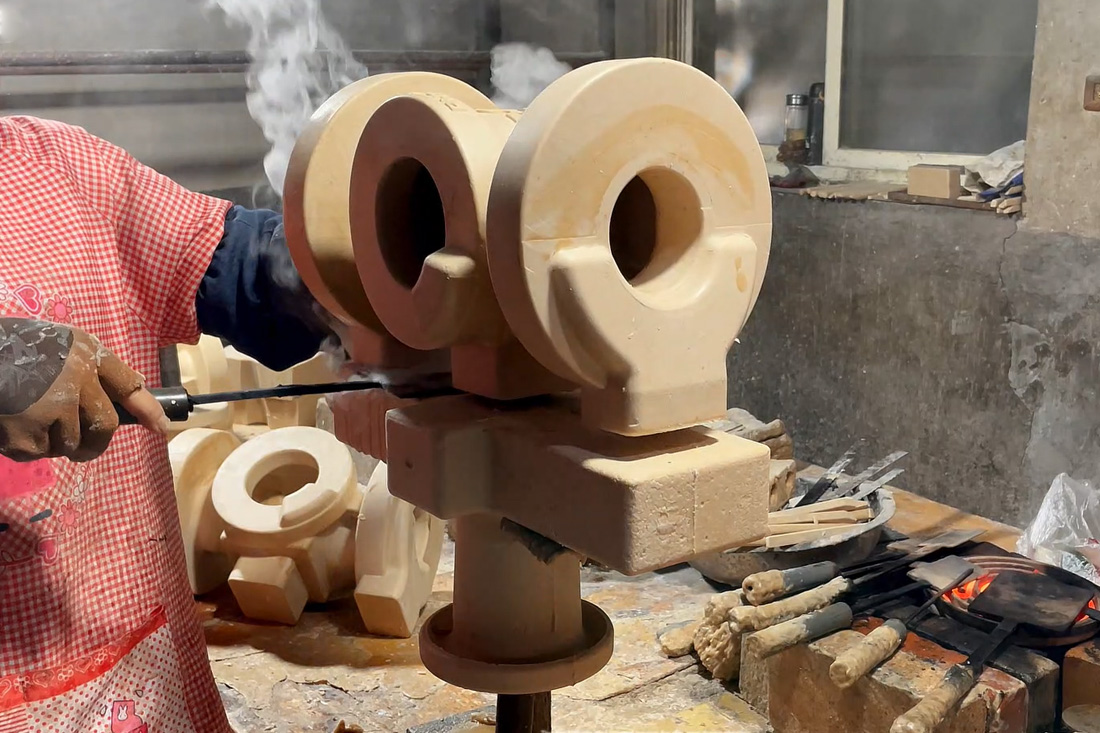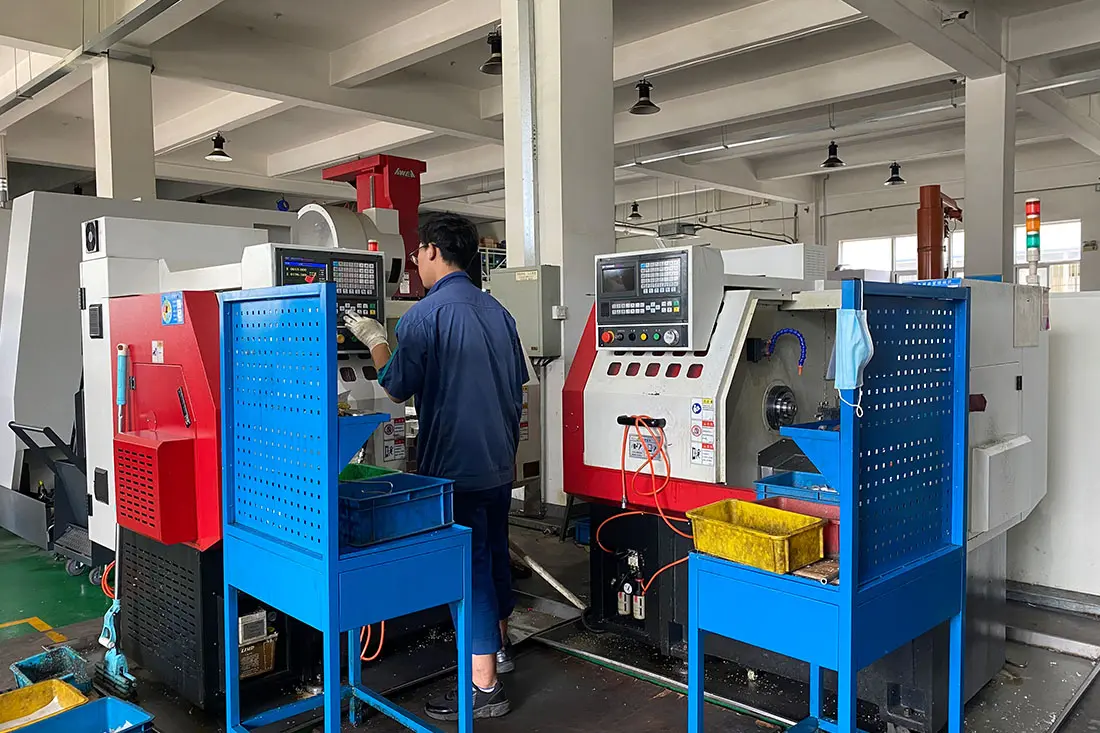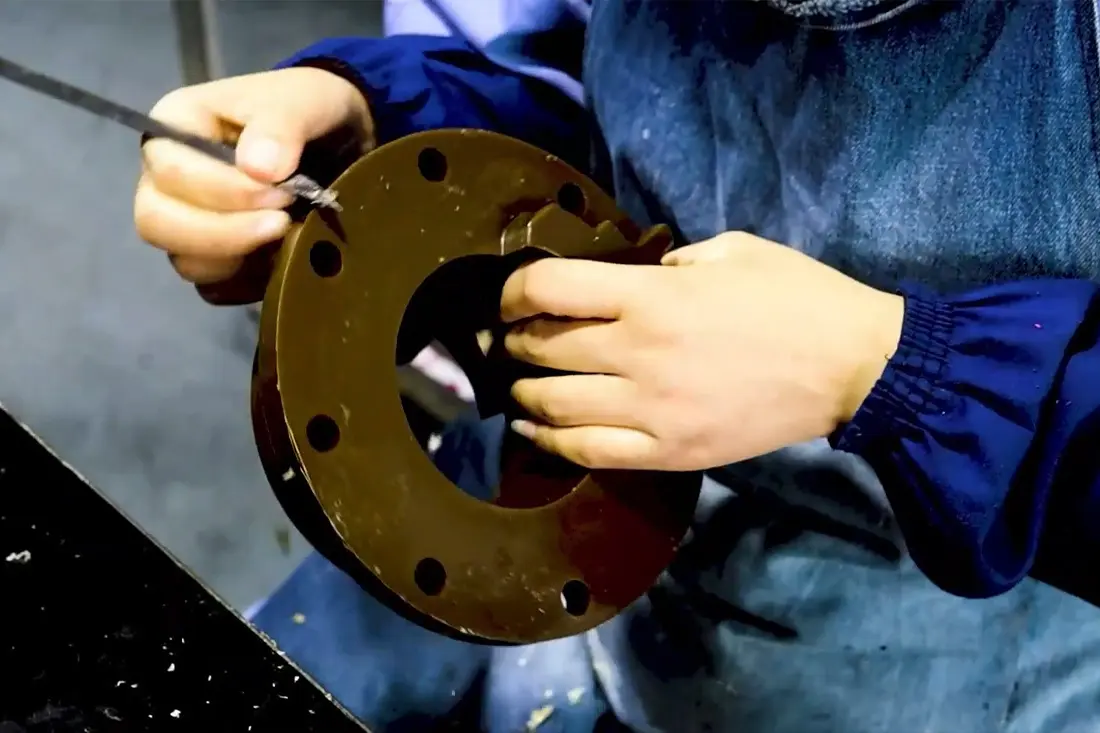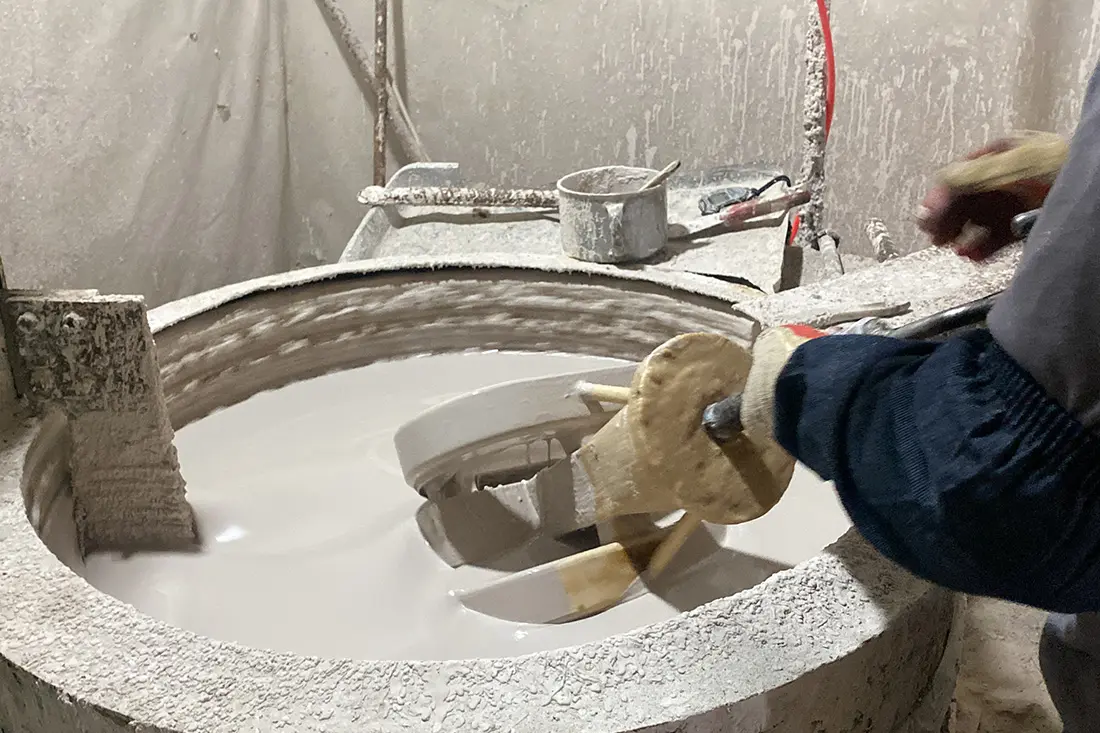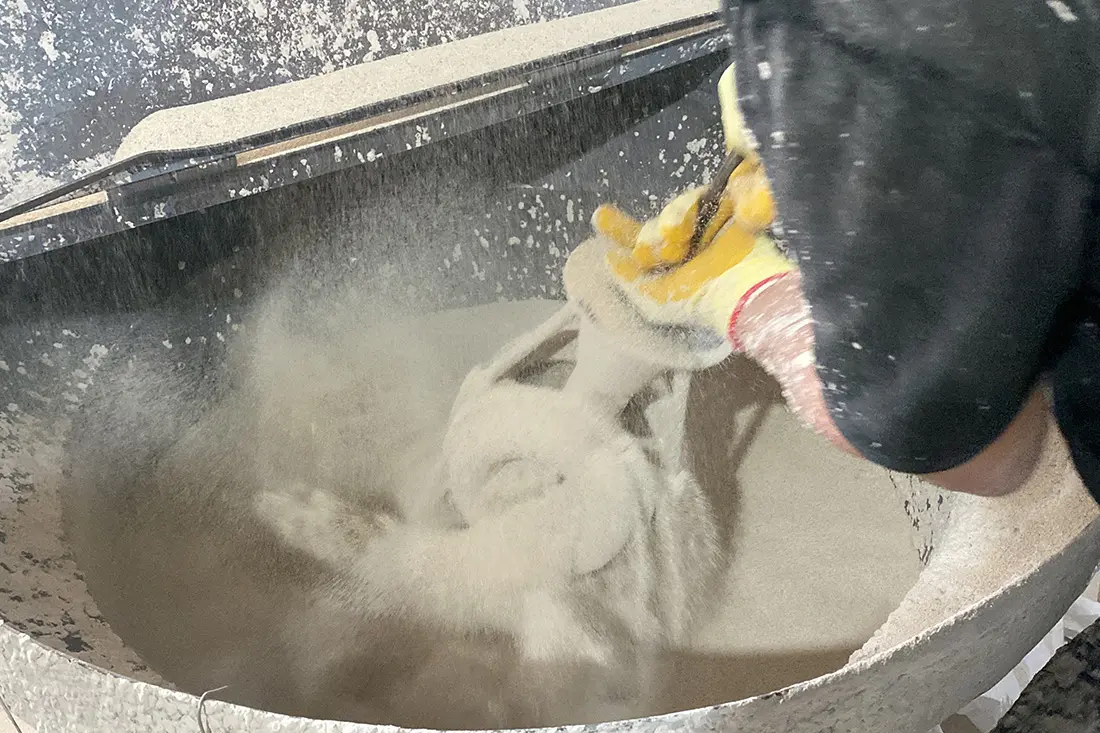Sodium Silicate Investment Casting Process
Sodium silicate investment casting, also known as water glass casting, is a cost-effective precision casting method widely used for steel and alloy components in industries such as automotive, construction, and machinery.
1. Wax Pattern Creation
A wax model of the final part is produced using injection molding or manual shaping.
2. Shell Building with Sodium Silicate
The wax model is dipped into a ceramic slurry, followed by a sodium silicate binder, which strengthens the ceramic shell. Multiple layers are applied to ensure durability.
3. Wax Removal & Metal Pouring
The wax inside the shell is melted away, leaving a hollow mold. Molten metal is then poured into the cavity.
4. Cooling & Shell Removal
Once the metal solidifies, the ceramic shell is broken away, revealing the cast part.
5. Surface Treatment & Inspection
The cast part undergoes cleaning, grinding, and machining for better accuracy and surface finish. Strict quality control ensures precision.
Advantages of Sodium Silicate Casting
✅ Cost-Effective – More affordable than lost wax casting.
✅ High Strength & Durability – Ideal for heavy-duty applications.
✅ Versatile Material Use – Suitable for carbon steel, alloy steel, and stainless steel.
✅ Smooth Surface Finish – Reduces the need for extensive machining.
This method is widely used in industrial machinery, construction equipment, and transportation parts, offering a balance between cost and precision.






